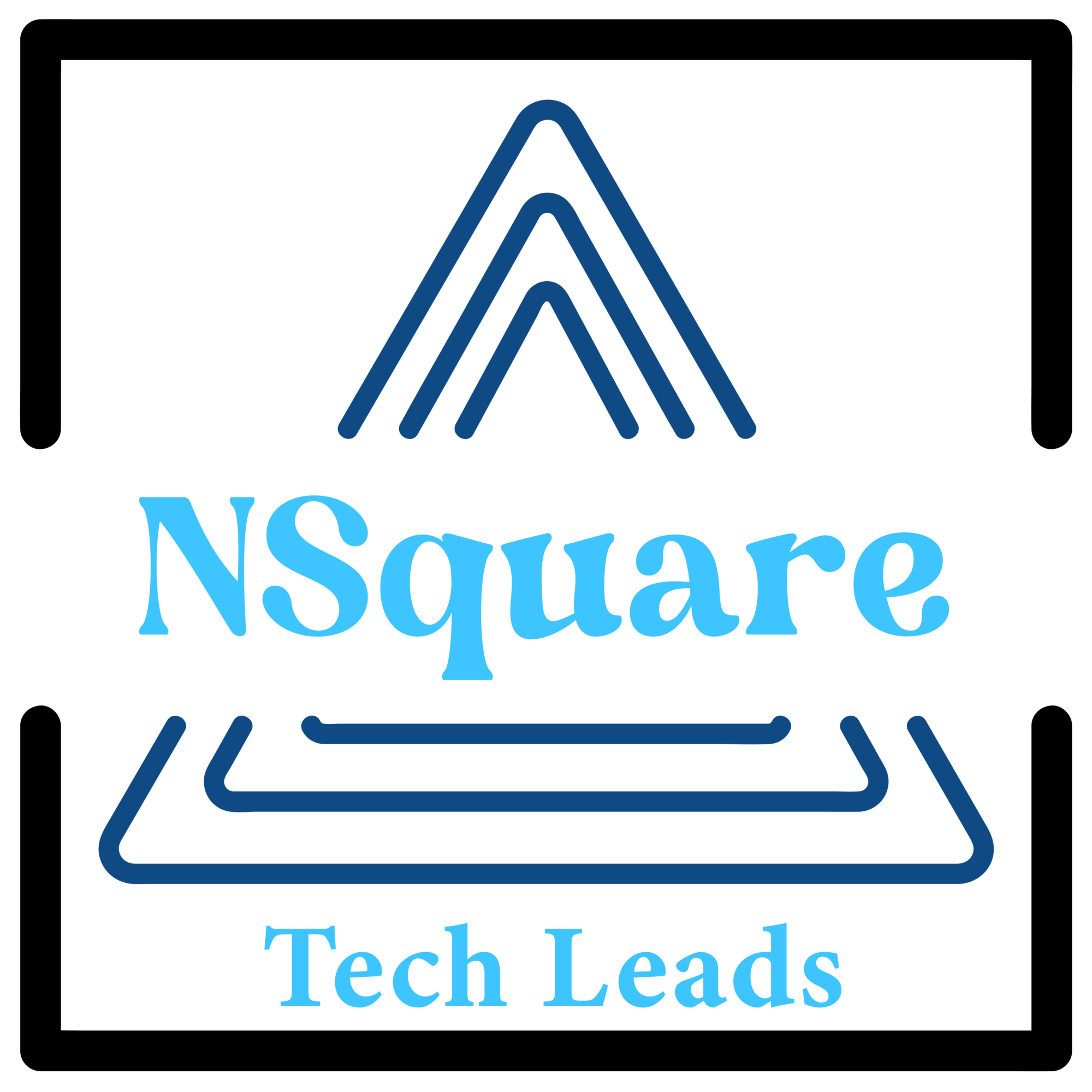Table of Contents:
- Introduction
- Understanding Appointment Generation
- Target Audience Identification
- Content Marketing Strategies
- Utilizing Social Media
- Email Marketing Tactics
- Networking and Referral Programs
- Implementing SEO Techniques
- Leveraging Webinars and Events
- Tracking and Analyzing Results
- Conclusion
Introduction:
In today’s competitive business landscape, generating appointments that lead to meaningful interactions with potential clients is crucial for sustained growth and success. This blog post explores various techniques and strategies to enhance appointment generation efforts and drive tangible results for your B2B company.
Understanding Appointment Generation:
Before diving into specific strategies, it’s essential to understand the fundamentals of appointment generation. This section will discuss the importance of appointments in the B2B sales process, the challenges associated with appointment setting, and the overarching goal of converting leads into qualified meetings.
Target Audience Identification:
Effective appointment generation begins with identifying and understanding your target audience. Here, we’ll delve into methods for defining ideal client profiles, conducting market research, and segmenting your audience to tailor your appointment generation efforts accordingly.
Content Marketing Strategies:
Compelling content is a powerful tool for attracting and engaging potential clients. This section will explore content marketing techniques such as blogging, whitepapers, case studies, and ebooks, emphasizing how high-quality content can establish credibility and generate interest in your offerings.
Utilizing Social Media:
Social media platforms provide valuable opportunities for connecting with prospects and driving appointment bookings. We’ll discuss strategies for leveraging platforms like LinkedIn, Twitter, and Facebook to engage with your target audience, share valuable content, and initiate conversations that lead to appointments.
Email Marketing Tactics:
Email remains one of the most effective channels for appointment generation. Here, we’ll explore best practices for crafting compelling email campaigns, including personalized messaging, targeted outreach, and strategic follow-up to nurture leads and secure appointments.
Networking and Referral Programs:
Building strong professional networks and implementing referral programs can significantly boost appointment generation efforts. This section will highlight the importance of networking events, industry partnerships, and incentivized referral initiatives in expanding your reach and generating qualified leads.
Implementing SEO Techniques:
Optimizing your online presence for search engines can enhance visibility and attract relevant prospects to your website. We’ll discuss SEO strategies such as keyword research, content optimization, and link building to improve organic traffic and generate more appointment inquiries.
Leveraging Webinars and Events:
Hosting webinars and participating in industry events offer valuable opportunities to showcase your expertise and engage with potential clients. This section will explore how to effectively plan, promote, and execute webinars and events to drive attendance and generate quality appointments.
Tracking and Analyzing Results:
Measuring the success of your appointment generation efforts is essential for ongoing optimization and refinement. Here, we’ll discuss key performance indicators (KPIs) to track, tools for analyzing appointment data, and strategies for iterating on your approach based on actionable insights.
Conclusion:
In conclusion, effective appointment generation is a multifaceted process that requires strategic planning, targeted outreach, and continuous optimization. By implementing the techniques outlined in this blog post and adapting them to your specific business needs, you can drive meaningful results and cultivate valuable relationships with your target audience.

